Having the right tools makes all the difference. Pliers are some of the most versatile hand tools, perfect for gripping, cutting, bending, and securing materials. Whether you’re fixing a wire, tightening a bolt, or handling delicate electronics, using the right type of pliers ensures precision and efficiency.
Not all pliers are the same. While some pliers cater to heavy-duty work, others provide superior control for more delicate tasks. The key is choosing the right one for what you need to do. Using the wrong pliers can make the job harder or even damage the material you’re working with.
In this article, we will walk you through the different types of pliers and their uses, helping you find the perfect tool for any task.
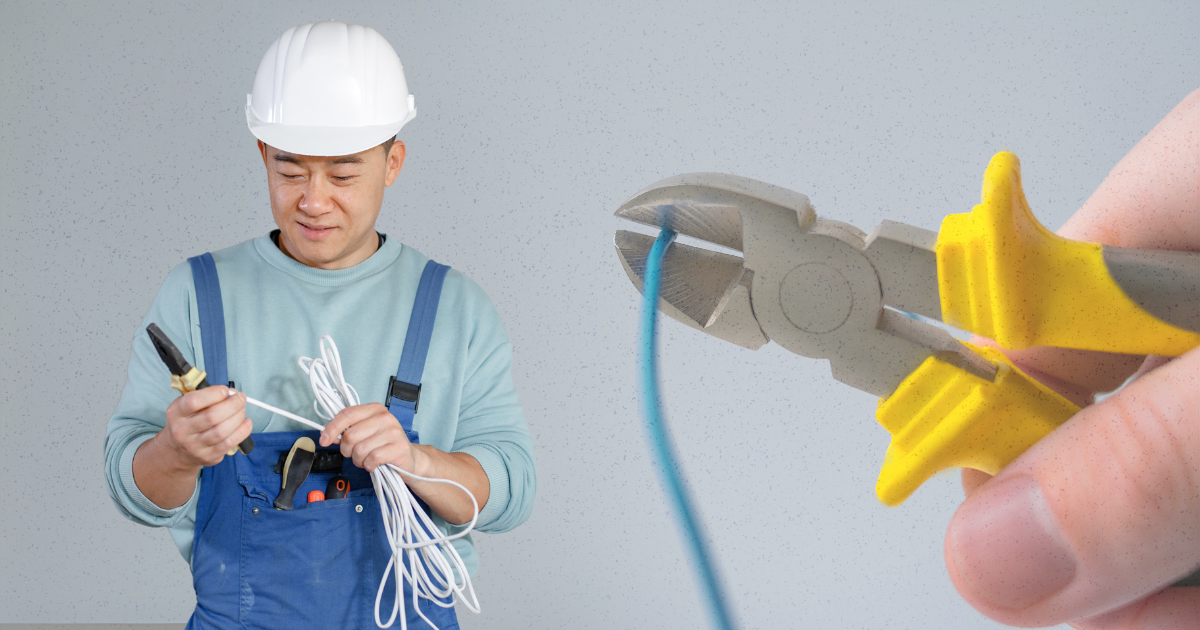
Benefits of Using Pliers
Using the right pliers makes tasks easier and ensures precision and efficiency. These tools provide a secure grip, especially when working with small or delicate materials. Pliers are versatile too—they help with tasks like cutting, twisting, and bending wires or metal components, making them an essential part of any handyman’s toolbox.
Essential Types of Pliers for Every Handyman
When it comes to tackling home repairs and DIY projects, having the right pliers can make all the difference. Each type of plier caters to a specific task, guaranteeing you have the appropriate tool for the job.
Here’s a breakdown of essential pliers every handyman should have in their toolbox.
General Use and Gripping
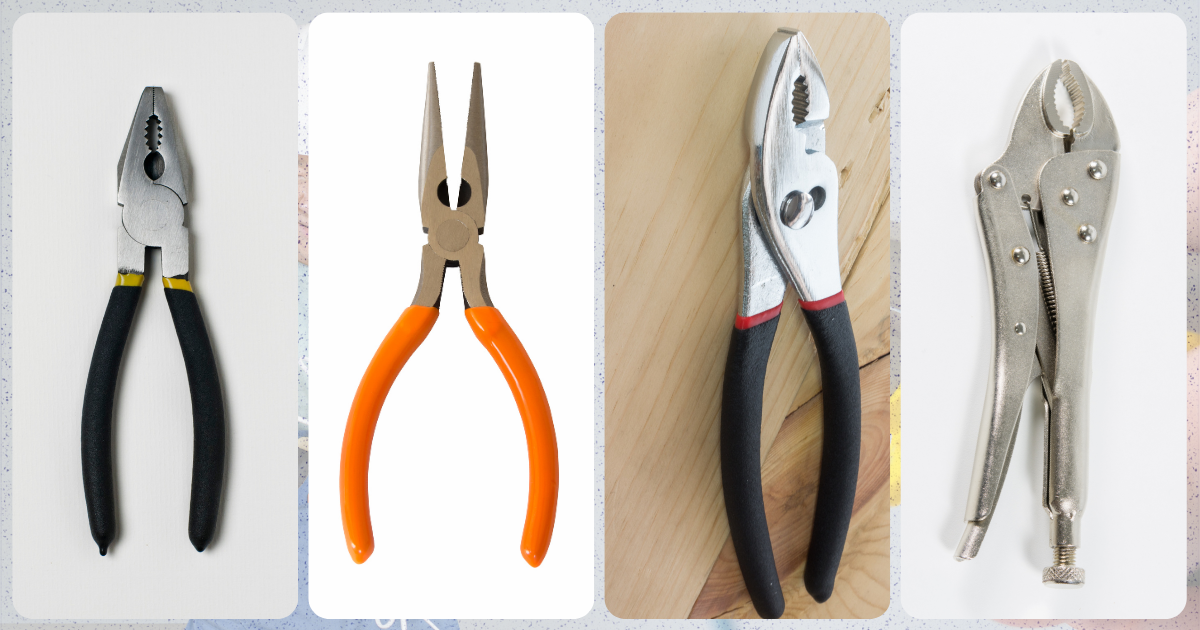
Pictured left to right:
- Combination Pliers – A versatile tool for gripping, bending, and cutting wires.
- Needle Nose Pliers – Ideal for gripping small objects and working in tight spaces.
- Slip Joint Pliers – Adjustable for gripping objects of various sizes.
- Locking Pliers (or Lock Grip Pliers) – Used for holding objects tightly, often functioning as a clamp.
Cutting and Stripping
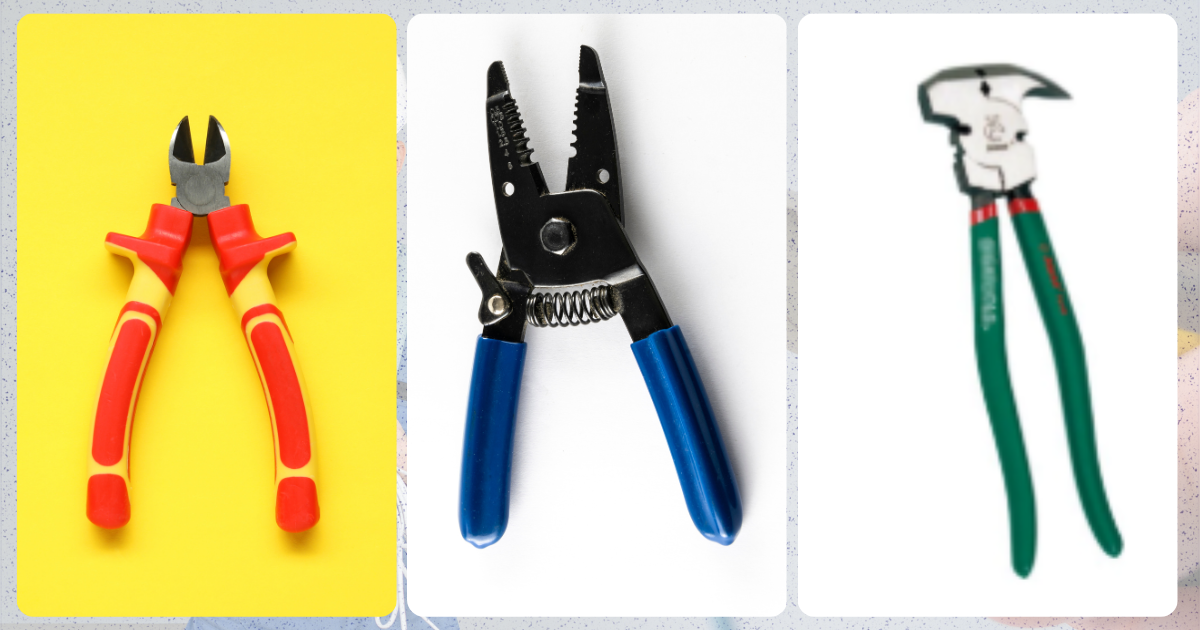
Pictured left to right:
- Diagonal Pliers – Used for cutting wires and small metal parts.
- Wire Strippers – Specifically designed for stripping insulation from electrical wires.
- Fencing Pliers – Great for cutting, twisting, and securing fence wires.
Electrical and Wiring Work
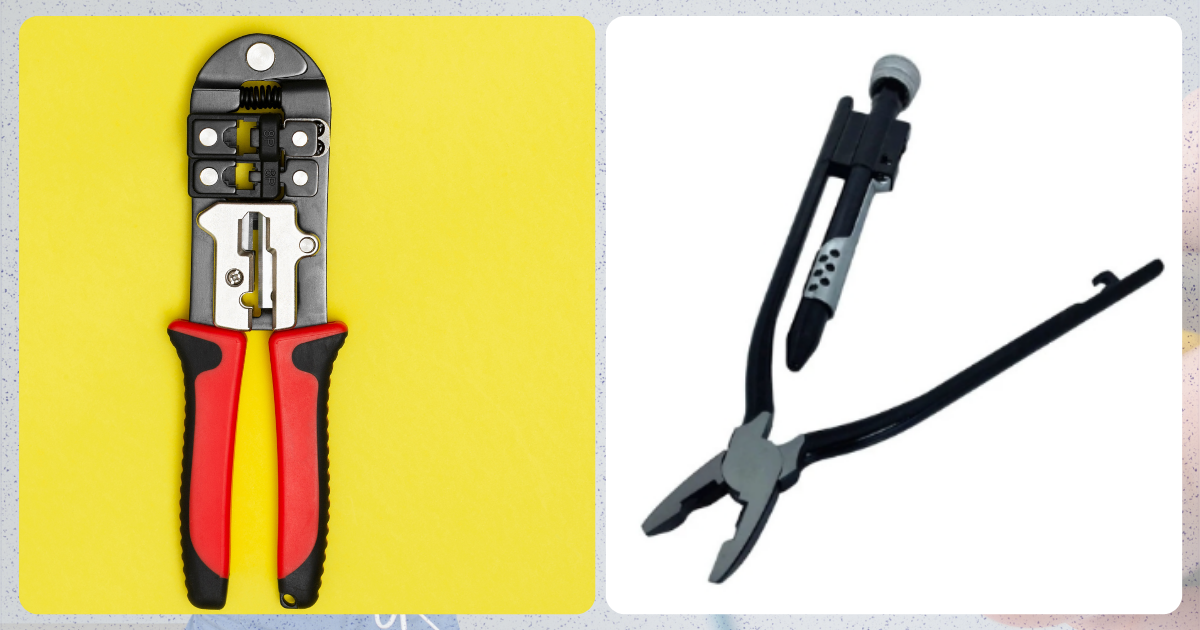
Pictured left to right:
- Crimping Pliers – Used for connecting wires in electrical and networking tasks.
- Wire Twisting Pliers – Designed to twist multiple strands of wire together.
Specialized Pliers for Mechanical and Plumbing Tasks
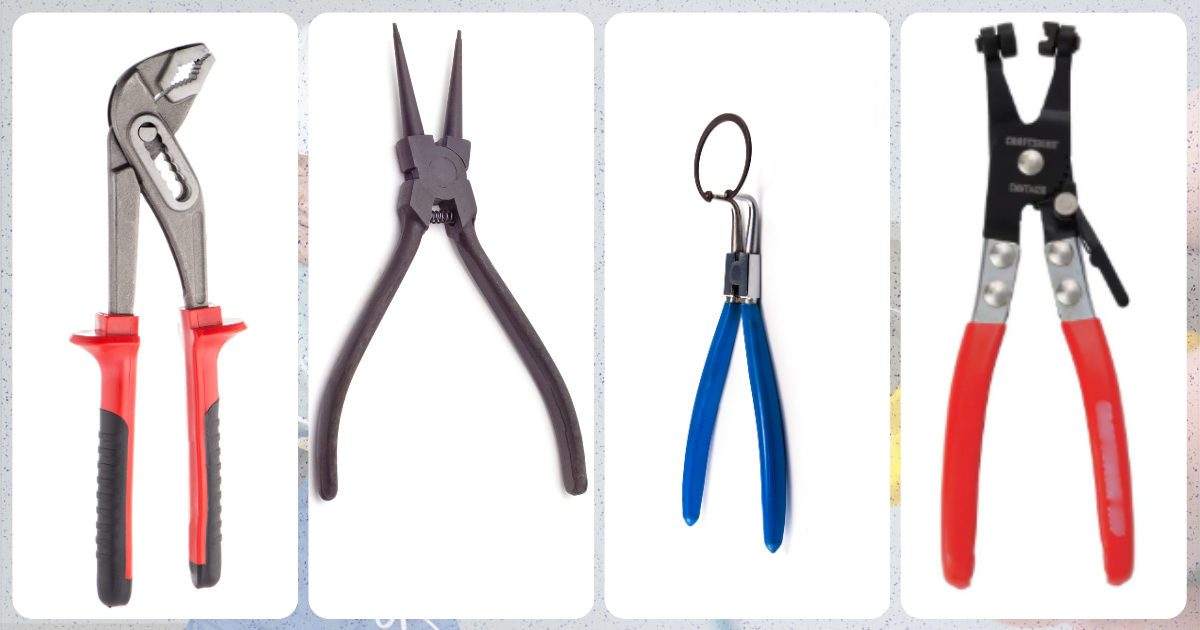
Pictured left to right:
- Waterpump Pliers – Adjustable pliers used for plumbing tasks, perfect for gripping pipes and tightening fittings.
- Circlip Pliers – Essential for installing and removing circlips or retaining rings in mechanical applications.
- Snap Ring Pliers – Used for installing and removing snap rings, particularly in automotive or mechanical work.
- Hose Clamp Pliers – Ideal for securing and removing hose clamps in automotive and plumbing work.
Bending and Shaping
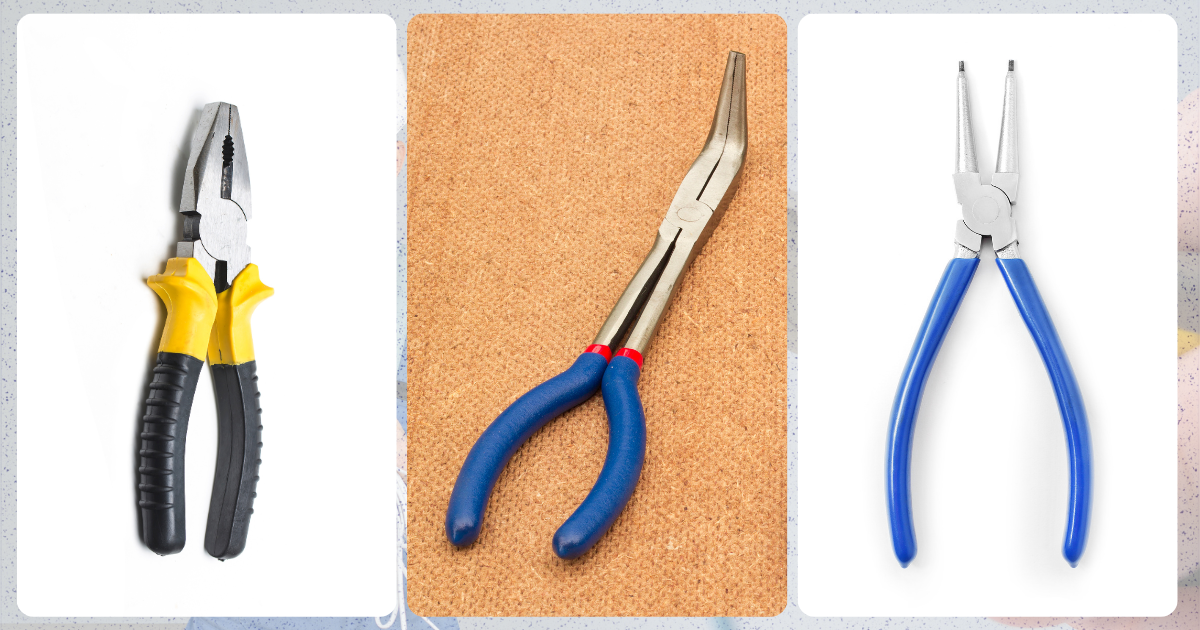
Pictured left to right:
- Flat Nose Pliers – Used for bending or straightening metal components with controlled precision.
- Bent Nose Pliers – Helpful for gripping objects at an angle, ideal for tight spaces and intricate tasks.
- Round Nose Pliers – Great for shaping loops or curves in wire, commonly used in jewelry-making and wirework.
Choosing the Right Pliers for Home Use
Choosing the right pliers for your DIY projects is key to working efficiently, safely, and with precision. Whether you’re tackling plumbing, electrical work, or general repairs, each type of plier has a specific purpose. Picking the right one will make your tasks easier and help prevent mistakes or damage to your materials.
Here are a few things to keep in mind when selecting pliers for your projects:
- Task Type: Different tasks require different pliers. For instance, crimping pliers are perfect for electrical jobs, while water pump pliers are better for plumbing.
- Material: Consider what you’ll be working with. Make sure the pliers can grip or cut the material effectively without causing damage.
- Comfort and Grip: Look for pliers with comfortable handles, especially if you plan to use them for extended periods.
- Size and Adjustability: Some pliers offer adjustable pivots (like slip-joint pliers), so choose one that suits your needs.
- Durability: Invest in high-quality pliers made from carbon steel or stainless steel for better strength and rust resistance.
- Precision: For delicate work, like jewelry making or electrical tasks, fine-tipped pliers like needle nose or round nose pliers offer better control.
- Maintenance: Keep your pliers in top shape by cleaning them after each use and storing them in a dry place.
- Price and Brand: While cheaper options are tempting, choosing tools from reputable brands will ensure better performance and longevity.
Consider these tips, and you’ll be set to pick the perfect pliers for your next DIY project.
Tools You Can Count On
Having the right pliers can greatly improve your efficiency in DIY and repair projects. These tools make tasks easier, safer, and more precise. By investing in durable pliers and keeping your toolbox stocked with the essentials, you’ll be ready to tackle a wide range of household repairs with confidence.
Whether you’re performing plumbing, electrical, or general repairs, having the right pliers is crucial.
Alin sa mga pliers na ito ang pinaka-useful sa inyong opinyon, ka-Builders?
References
Red Box. (n.d.). 15 TYPES OF PLIERS AND HOW TO USE THEM [WITH PICTURES]. Red Box. https://www.redboxtools.com/news/types-of-pliers/
10 Different Types of Pliers and Their Uses You Should Learn About. (n.d.). Daitool. https://daitool.com/blogs/daitool-blog/10-different-types-of-pliers-and-their-uses-you-should-learn-about?srsltid=AfmBOooz2wFthqcRYQ6OWbUPnpOM1EEUve7qt9Qf_JoIqr1_vGeshif3










